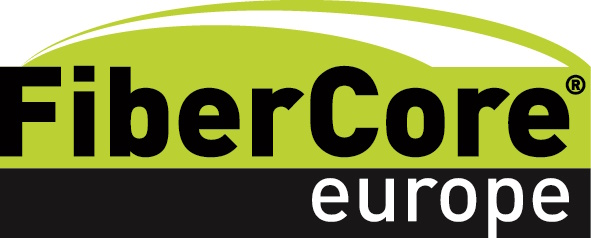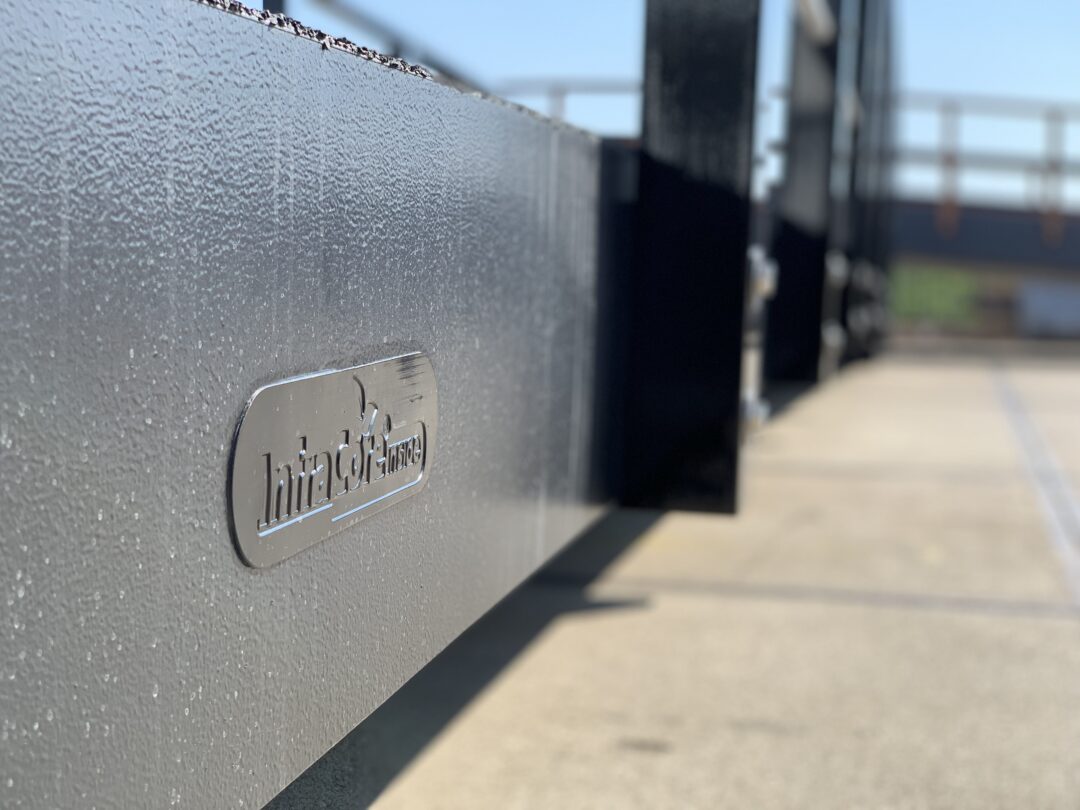Composite lock doors
A major advantage of composite; it does not rot or rust. This makes the material ideal for building lock gates with it.
Traditional wooden and steel lock gates can rust or rot. This requires regular and costly maintenance, resulting in lock stoppage. With composite lock gates this is a thing of the past. In addition, composite is extremely strong, lightweight and durable.
Inventors of composite lock gates
Composite lock gates were invented at FiberCore Europe. Our InfraCore® technology is the perfect solution for extremely strong yet lightweight structures. The largest composite lock gateswe produce measure more than 13 x 6.2 meters.
The unique combination of strength and lightness makes composite lock gates the perfect solution for a variety of projects. Whether for water structures, flood barriers or normal locks, our composite lock gates will function reliably for years with minimal maintenance.
Lightweight = easy assembly
We make your lock doors in our own factory in Rotterdam. We transport the prefabricated doors directly to the site, where we assemble them. The advantage of prefab lock doors is that installation takes less time, resulting in less disruption and blockage. Thanks to the low dead weight, light pivots are sufficient.
Proprietary engineering
With our experienced team of engineers and specialists, we have extensive knowledge and experience to make your project a success.
Outcomes of Rijkswaterstaat study 'MultiWaterWerk: Standardization of Lock Doors'
Composite lock gates: low MKI value and LCC score
Rijkswaterstaat commissioned the GWW market to conduct a comparative study on the materialization of lock doors. The purpose of this study was to find out which material (wood, steel, composite or hybrid) scores best in terms of environmental impact and lifetime costs for certain sizes of doors. In this, FiberCore Europe composite lock gates came out best in terms of both MKI value and LCC score.
That's why lock gates from FiberCore Europe
- High strength (InfraCore® Inside)
- Prefabricated and ultra-light for Nuisance-Free Construction
- Practically maintenance free
- Stronger than steel, wood and concrete
- Light pivots
- Very favorable MKI value and LCC score
- Safe and fireproof
- Competitive price
- Lowcarbon footprint
- Circular
Our lock gates
Also choose low-maintenance lock gates
You can contact us to discuss options and develop the right composite lock gates for any project. With decades of experience in the development and production of fiber-reinforced composites, FiberCore Europe is the expert of choice when it comes to providing reliable and durable lock gates.
Our secret? InfraCore® Inside
You can fully rely on our lock doors. They are extremely strong thanks to our unique InfraCore® technology. We developed this technology specifically for building extremely robust panels, without internal bonding or bolted joints. The InfraCore® technology is based on the principle that there is continuous structural connection of glass fibers between the top and bottom of the structure. This prevents delamination and ensures that our structures maintain their strength and rigidity.


